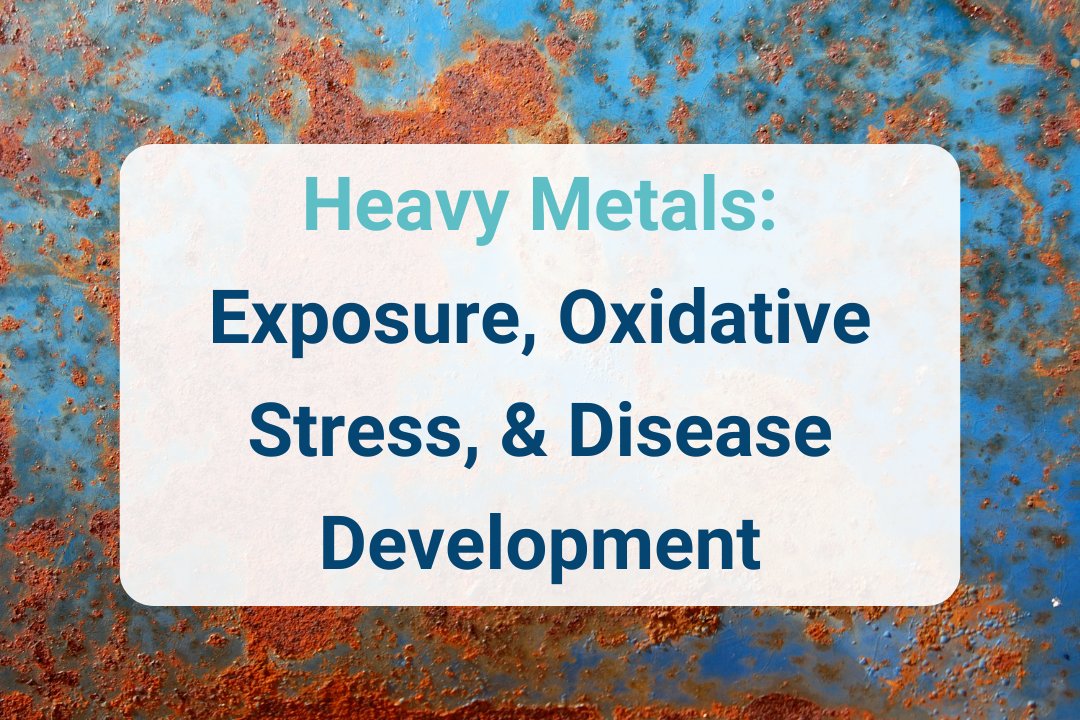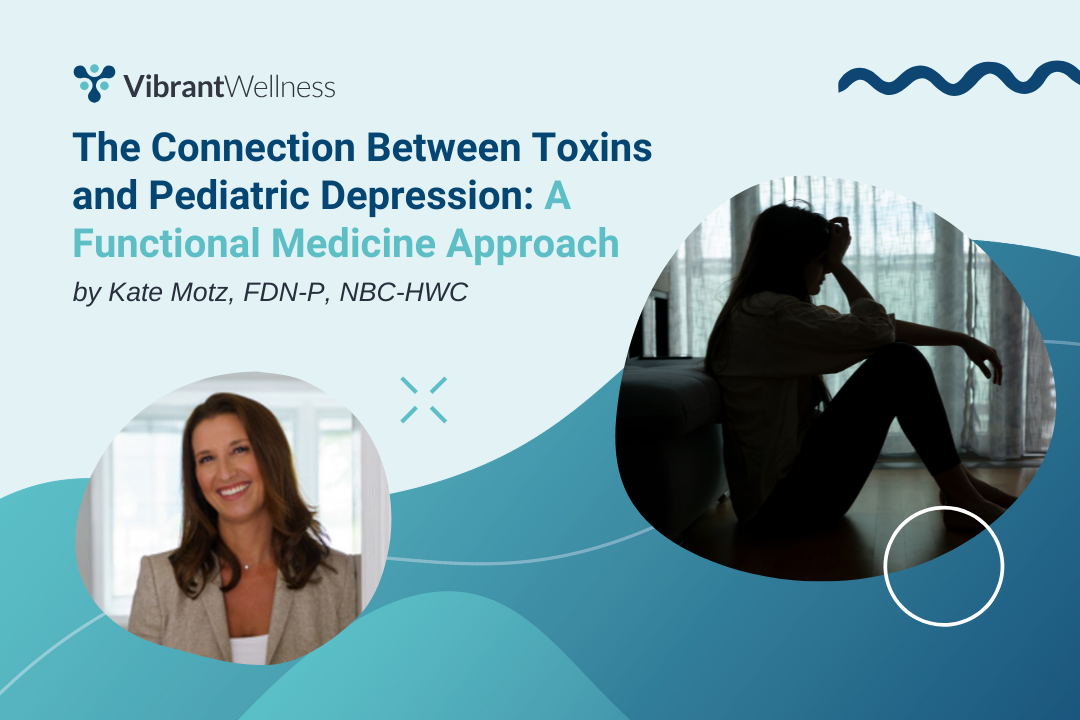Mold Exposure and Chronic Illness: The Crucial Role of Lab Testing for Early Detection
In the industrialized world, we’re exposed to many harmful artificial toxins daily. But did you know that toxins created in nature can also threaten human health?
One such group often overlooked is mycotoxins—naturally occurring toxins created by certain types of molds. Mold is everywhere, and its ability to go undetected is also one of its greatest dangers.
Mold exposure (in genetically susceptible patients) is also one of the most misunderstood causes of chronic disease.1
In this article, we’ll explore the critical relationship between mold exposure and chronic illness, emphasizing the indispensable role of lab testing in identifying and managing these conditions effectively.
Understanding Mold & Its Health Implications

Mold is a type of fungus that grows and spreads on moist or decaying matter. Mold isn’t inherently toxic. However, the toxins it produces can wreak havoc on human health.2
This threat thrives in damp and poorly ventilated spaces and poses significant health risks, especially when exposure becomes chronic. While mold plays a crucial role in nature by breaking down dead organic matter, its presence indoors can lead to health problems.
Certain molds produce mycotoxins, toxic substances that can cause a range of health issues when inhaled or ingested.
Mycotoxin exposure can induce DNA damage, kidney damage, DNA/RNA mutations, growth impairment in children, gene modifications, and immune impairment.2
These toxins are highly inflammatory for the immune system and trigger intense immune responses. They also rapidly deplete antioxidants like glutathione, our master antioxidant, as well as vitamins A, C, and E. 2
Exposure to mycotoxins has been linked to a wide range of symptoms1, including:
- Confusion
- Headaches
- Seasonal allergies
- Recurrent respiratory infections
- Mood disorders
- Insomnia
- And digestive issues
The Link Between Mold Exposure & Chronic Illness

Emerging research has established a concerning link between long-term mold exposure and the development of chronic health conditions.
Mycotoxins can compromise immune function, lead to chronic inflammatory responses, and exacerbate existing health issues.1
In addition to causing new symptoms, mycotoxins can exacerbate already existing chronic conditions in those with dysregulated immune systems.
This includes those with allergic and non-allergic chronic inflammatory disease, autoimmune disease, and HIV. Thus, if your patients are immuno-compromised, mold may pose a greater risk to their health.2
Further, because mycotoxins are generally harmful to humans, mold exposure can induce immuno-deficiency and, in turn, increase the chances of contracting an infection or developing severe illnesses like cancer.2
Symptoms & Signs of Mold-Related Illness

The symptoms associated with mold-related illnesses are diverse and often non-specific, ranging from respiratory issues such as coughing and wheezing to more systemic symptoms like fatigue, headaches, and cognitive impairments.
This broad spectrum of symptoms often complicates diagnosis, making it challenging to link these symptoms to mold exposure.
Interestingly, the symptom overlap between mold toxicity and tickborne ailments is 100%.1
Symptoms of Mold Toxicity Include:
- Respiratory symptoms like coughing
- Neurological symptoms like depression, anxiety, and hearing loss
- Systemic symptoms like fatigue and weakness
- Musculoskeletal symptoms like muscle weakness
- Gastrointestinal symptoms like abdominal pain, diarrhea, and bloating
- Dermatological symptoms like skin rash and unusual skin sensations like tingling
The Role of Lab Testing in Early Detection & Diagnosis
Identifying mold exposure and its impact on health has traditionally hinged on a combination of environmental assessments and a series of conventional medical tests.
Conventional testing methods often involve testing for specific antibodies in blood samples, indicating an immune response to various mold species3. While useful, these tests can sometimes offer a narrow view of exposure, failing to quantify the level of mycotoxins present in the body, which are direct indicators of mold toxicity.
Additionally, skin prick tests are employed to gauge allergic reactions to mold, but these, too, only scratch the surface, highlighting sensitivities without addressing the broader implications of mycotoxicosis (mold toxicity).
Another traditional approach involves direct environmental sampling, where air or surface samples from an individual's surroundings are collected and analyzed for mold spores.
Though this method can confirm the presence of mold in the environment, it does not provide information on an individual's exposure level or the potential health risks posed by specific mycotoxins.
Precision Testing: A Deeper Look

The limitations of traditional testing methods convey the necessity for more advanced diagnostic tools, like Vibrant’s Mycotoxins Panel.
Unlike conventional tests that may only indicate potential exposure or allergic responses, the Mycotoxins Panel directly measures the presence and concentration of 29 of the most common mycotoxins in the body.
This capability is crucial for several reasons:
- Precision and Sensitivity: The panel uses highly sensitive assays that can detect even minute quantities of mycotoxins, ensuring that even low-level exposures are identified.
- Comprehensive Coverage: By testing for a broad spectrum of mycotoxins, the panel provides a more complete picture of an individual's exposure.
- Direct Correlation to Health Effects: Since mycotoxins are the primary toxic agents produced by molds, their direct detection is pivotal in linking exposure to specific health outcomes. This direct correlation aids in diagnosing mold-related illnesses with greater accuracy.
- Guidance for Treatment and Management: The detailed insights gained from the Mycotoxins Panel can help providers tailor treatment and management strategies more effectively, addressing the specific toxins involved and mitigating their impact on your health.
See the panel’s complete markers list here.
Prevention & Management of Mold Exposure
Preventing mold growth is essential to minimizing health risks. This involves controlling humidity levels, ensuring adequate ventilation, and promptly addressing water leaks and dampness.
For individuals experiencing symptoms suggestive of mold-related illness, comprehensive lab testing, like the Mycotoxins Panel, followed by professional medical evaluation, is essential in confirming the diagnosis and guiding treatment strategies.
The Mycotoxins panel isn’t just a tool for diagnosis—it's a gateway to better health management and preventive care. By enabling early detection of mold toxicity, it provides an opportunity to address and mitigate potential health issues before they escalate, leading to better outcomes.
Mold Toxicity & Quality of Life
As we consider the relationship between mold exposure and chronic illness through the lens of advanced diagnostic testing, it becomes clear that managing mold toxicity isn’t just about addressing immediate health concerns—it's fundamentally connected to the broader pursuit of longevity and healthy living.
Mold exposure has implications beyond the acute symptoms it can trigger, influencing long-term health outcomes and quality of life. Thus, recognizing and mitigating the effects of mold exposure is a critical step toward achieving optimal health and longevity.
Additional Reading
For a deeper exploration into mold and its pathological mechanisms, read these next:
What Are the Symptoms of Toxic Mold Exposure
Exploring Links Between Mold, Mycotoxins, & Chronic Symptoms
References
- Antoine, E., & Antoine, S. (2019). Mycotoxins and tick-borne disease. In Mycotoxins and Tick-Borne Disease. Taylor & Francis. https://doi.org/10.1201/9780429504891-12
- https://blog.vibrant-wellness.com/exploring-links-between-mold-mycotoxins-and-chronic-symptoms
- Julia Hurraß, Birger Heinzow, Ute Aurbach, Karl-Christian Bergmann, Albrecht Bufe, Walter Buzina, Oliver A. Cornely, Steffen Engelhart, Guido Fischer, Thomas Gabrio, Werner Heinz, Caroline E.W. Herr, Jörg Kleine-Tebbe, Ludger Klimek, Martin Köberle, Herbert Lichtnecker, Thomas Lob-Corzilius, Rolf Merget, Norbert Mülleneisen, Dennis Nowak, Uta Rabe, Monika Raulf, Hans Peter Seidl, Jens-Oliver Steiß, Regine Szewszyk, Peter Thomas, Kerttu Valtanen, Gerhard A. Wiesmüller, Medical diagnostics for indoor mold exposure, International Journal of Hygiene and Environmental Health,Volume 220, Issue 2, Part B, 2017, Pages 305-328, ISSN 1438-4639, https://doi.org/10.1016/j.ijheh.2016.11.012.(https://www.sciencedirect.com/science/article/pii/S1438463916305612)
Regulatory Statement:
The general wellness test intended uses relate to sustaining or offering general improvement to functions associated with a general state of health while making reference to diseases or conditions. This test has been laboratory developed and its performance characteristics determined by Vibrant America LLC and Vibrant Genomics, a CLIA-certified and CAP-accredited laboratory performing the test. The lab tests referenced have not been cleared or approved by the U.S. Food and Drug Administration (FDA). Although FDA does not currently clear or approve laboratory-developed tests in the U.S., certification of the laboratory is required under CLIA to ensure the quality and validity of the tests.
 By
By




